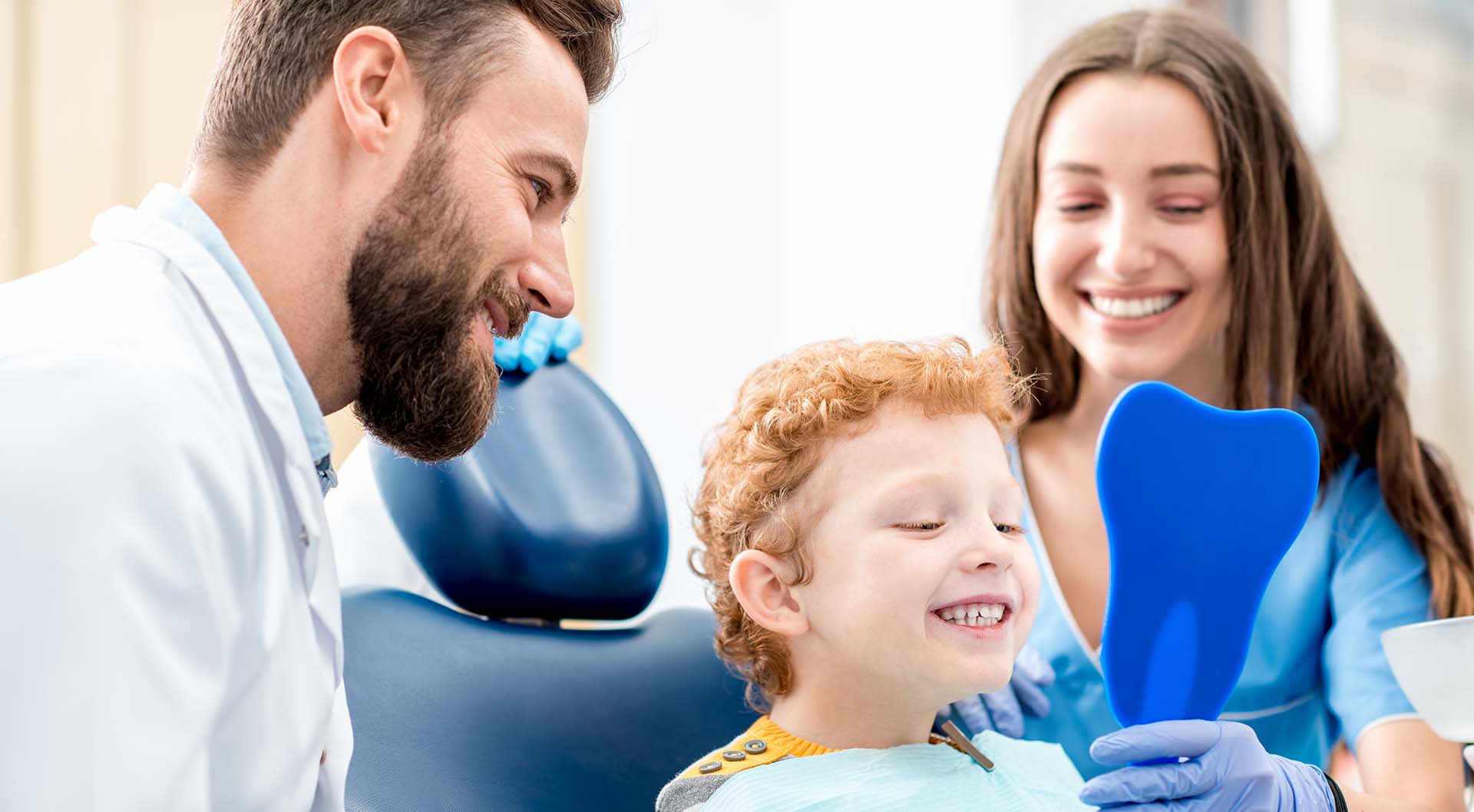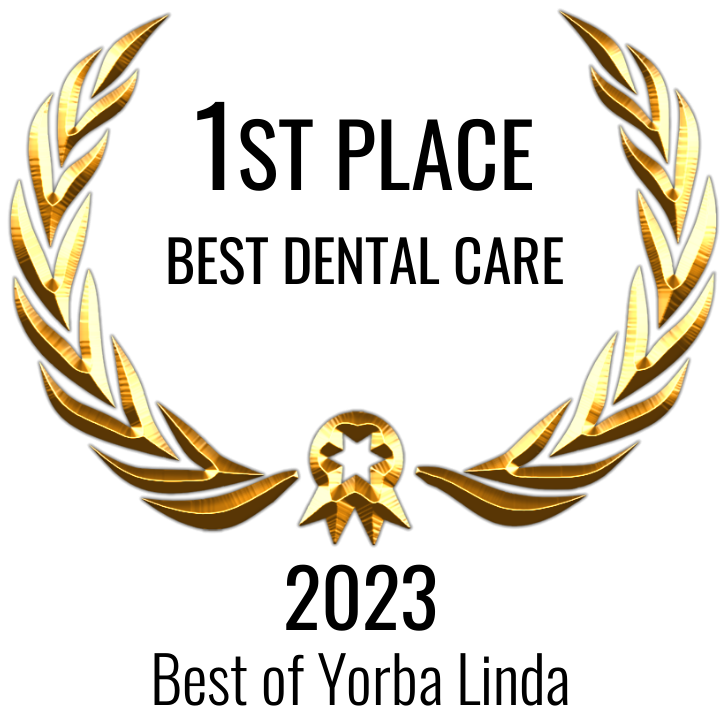If your child has just turned seven, or is about to, you might be focused more on their growing social, physical, and academic abilities than what’s going on with their teeth. After all, by this age losing a baby tooth has become a familiar experience as your child’s permanent incisors have come in, as has going to the dentist for regular cleanings. It’s possible you’re thinking ahead to braces, especially if some of those early adult teeth have come in crooked, but with the idea that orthodontics are years away. In fact, it’s an excellent idea to bring your child in for an orthodontic evaluation now (if you haven’t already), even though they’re far from having all their permanent teeth in place.
To understand why an early evaluation (no later than age 7) is so strongly recommended by the American Association of Orthodontists, it helps to understand what braces are for in the first place. We most commonly associate braces with the clearly visible results of orthodontic treatment—a beautiful smile. But that aesthetic outcome isn’t the main objective. The true purpose is to create a functional bite. In a healthy bite, both the jaws and teeth line up correctly, making it easier to chew, to speak clearly, and to breathe properly. Straight, even teeth just happen to be a pleasant side effect of achieving that result.
Why Does Age 7 Matter?
Certain signs can make it obvious your child may need braces when they get older. These include:
- Crowding of permanent teeth
- Jaws that protrude, are recessed, shift, or make sounds
- Teeth that don’t meet correctly
- Facial imbalance or asymmetry
- Tooth grinding
- Teeth that stick out
- Trouble chewing or biting
- Speech difficulties
- Open-mouth breathing
- Habits such as thumb or finger sucking
Whether or not your child is experiencing one or more of these symptoms, an early orthodontic visit should be a priority for keeping their teeth and bite healthy. At age 7, your child’s six-year molars (considered the first permanent molars) have erupted, establishing their bite. However, their jaw has not stopped growing and their bones have not fused. Early orthodontic treatment, when necessary, can take advantage of this fact to correct problems more quickly and easily than if care is delayed until adolescence.
It’s rare that early (or Phase 1) orthodontic treatment is necessary, but when it is, it can help avoid longer, more difficult, and more costly interventions later. At this age, it’s possible to create more room to accommodate erupting teeth and fix jaw alignment, for example, with simple fixed or removable orthodontic appliances. This helps avoid the removal of permanent teeth or jaw surgery and can simplify and shorten the course of any orthodontic treatment needed in the preteen or teen years.
The good news is that in most cases Phase 1 treatment lasts less than a year, a very short time to set your child on the path to normal dental development. The bad news is that if you miss this window of opportunity, you can’t get it back again. This is why we’re so passionate about getting our patients in for an evaluation early.
In the majority of cases, an early exam won’t require immediate action. We might spot a developing issue that will best be treated with braces at the usual time—between ages 9 and 14, after all the adult teeth have come in. It’s even possible your child won’t need orthodontic treatment at all. Every case is individual, and the proper time to intervene depends entirely on your child’s development. However, when we recommend Phase 1 treatment, it’s because we know taking timely action will correct potentially serious jaw and bite issues before they can get worse.
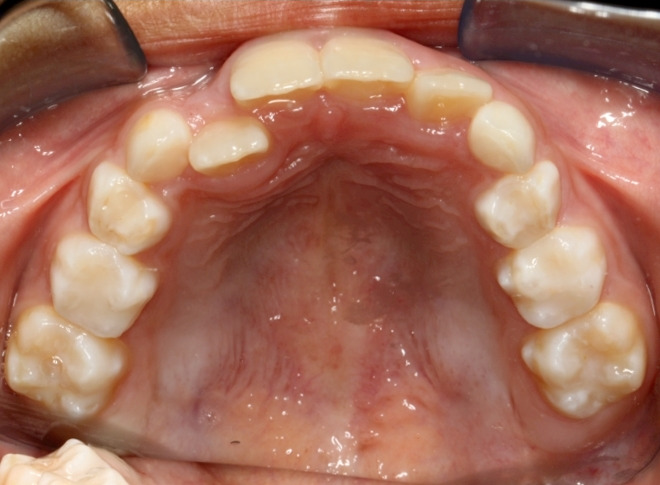
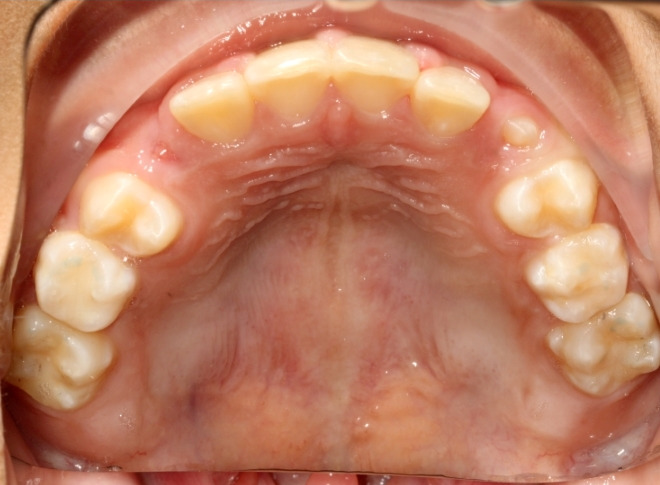
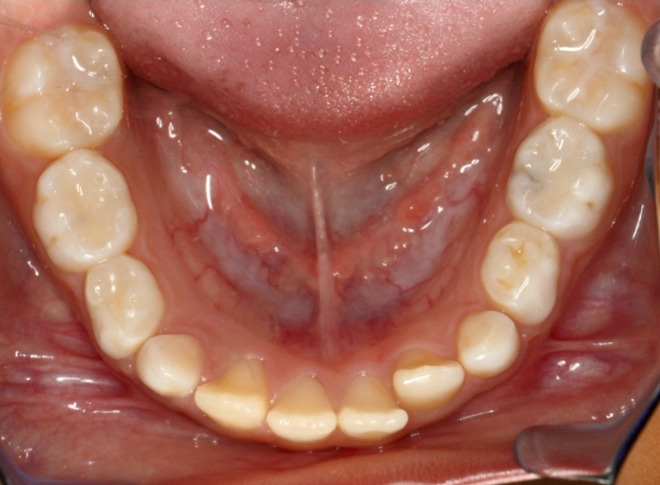
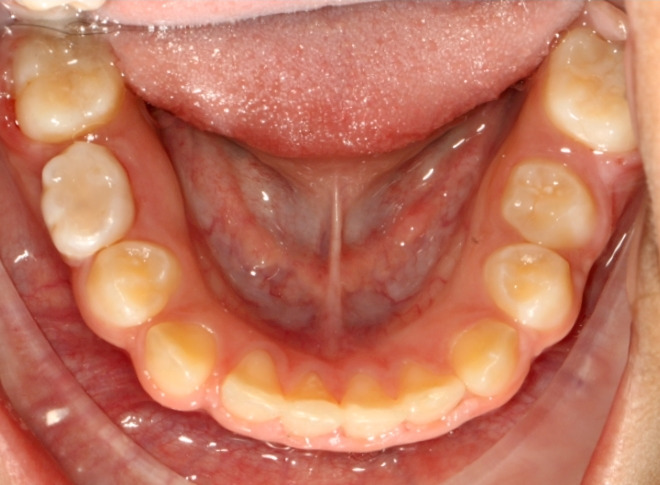
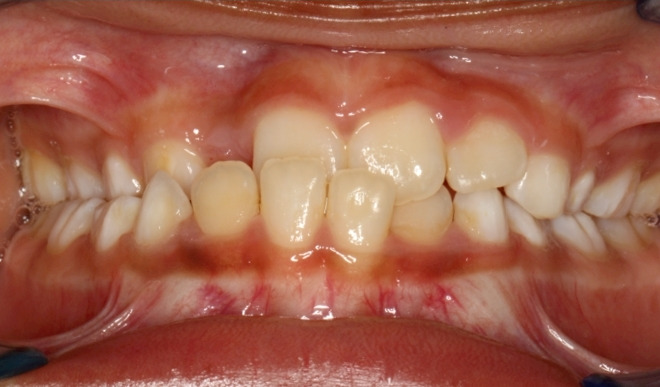
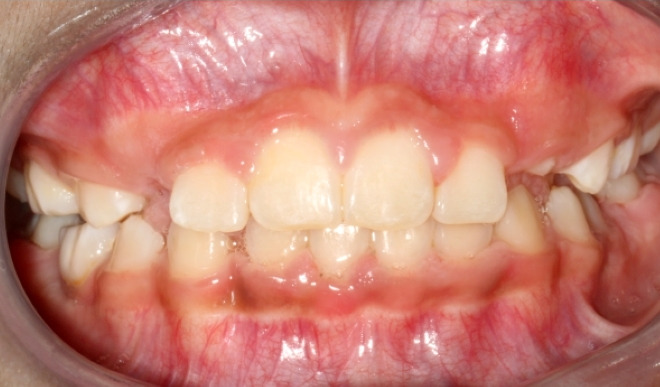
Patient A
Patient A presents with both posterior and anterior crossbites – basically her upper arch is narrow and set back compared to her lower arch. Not only are her arches not coordinating but she also has severe crowding on her upper arch. For her Phase I treatment we expanded the upper arch, brought it forward into its proper position then used partial upper and lower braces to align the teeth with the new space gained. This treatment was a short 12 months and saved the patient from jaw surgery when older.
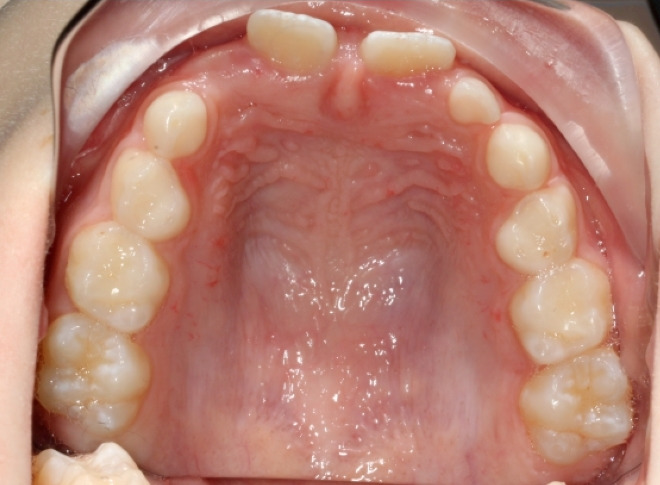
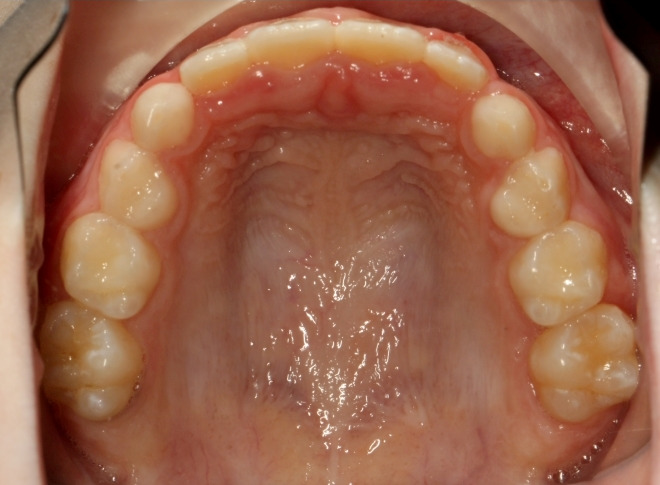
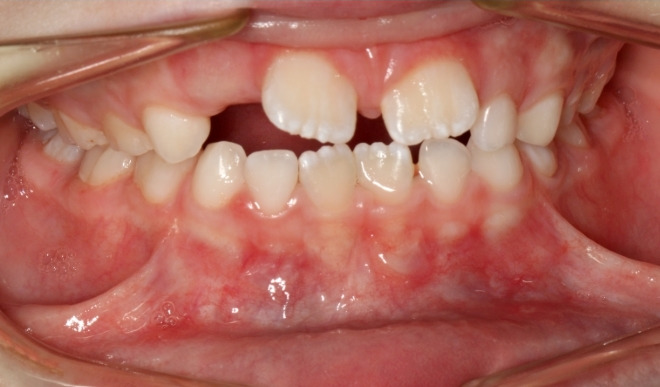
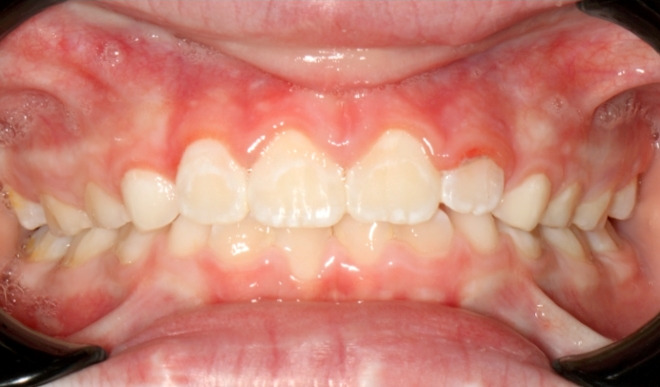
Patient B
Patient B presents with a narrow, constricted and crowded upper arch. The arch became this way because of a thumb sucking habit the patient was having a hard time stopping. For his Phase I treatment we expanded the upper arch, used the expander as a distraction to discontinue his habit and placed partial upper braces to align the upper front teeth with the new space gained. This treatment was 12 short months, stopped the patient’s habit which was causing the issue and saved the patient from jaw surgery when older.

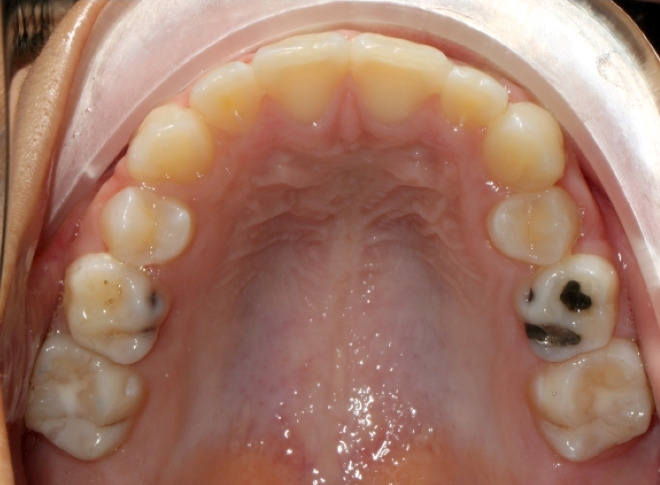
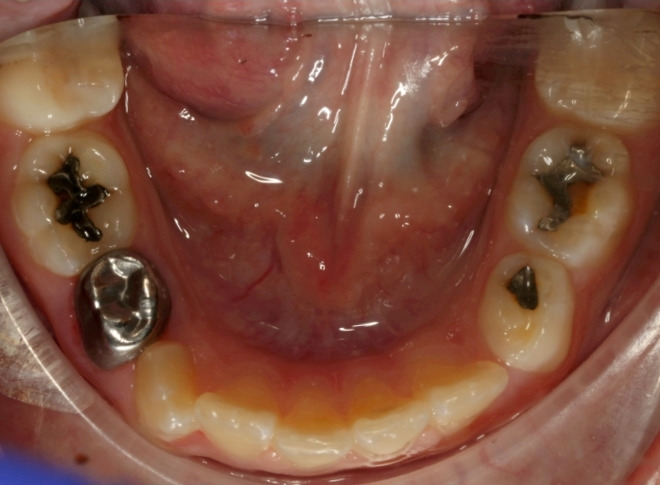
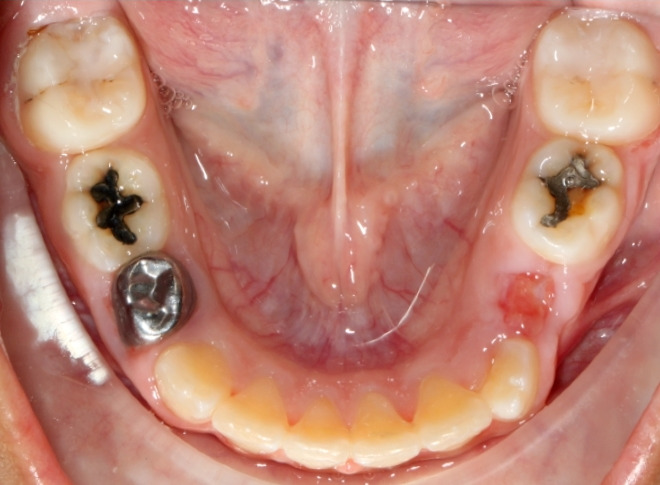
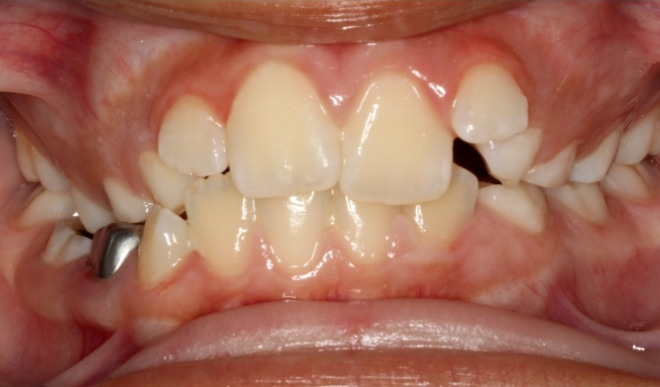
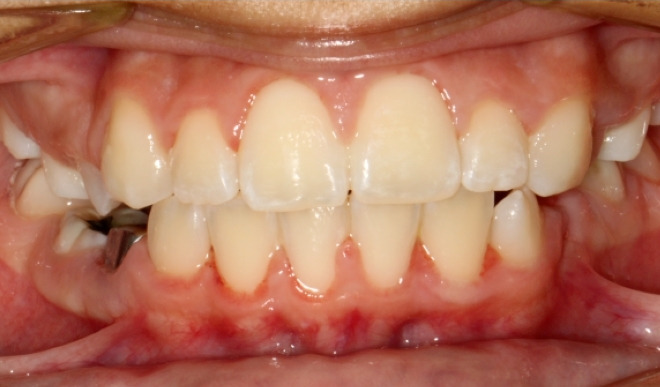
Patient C
Patient C presents with narrow, constricted and crowded upper and lower arches. The patient’s arches present this way due to early loss of baby teeth and genetics. For her Phase I treatment we expanded the upper arch and used upper and lower partial braces to create space. This treatment was 15 months and saved the patient not only from extraction treatment in the future but also possible jaw surgery.
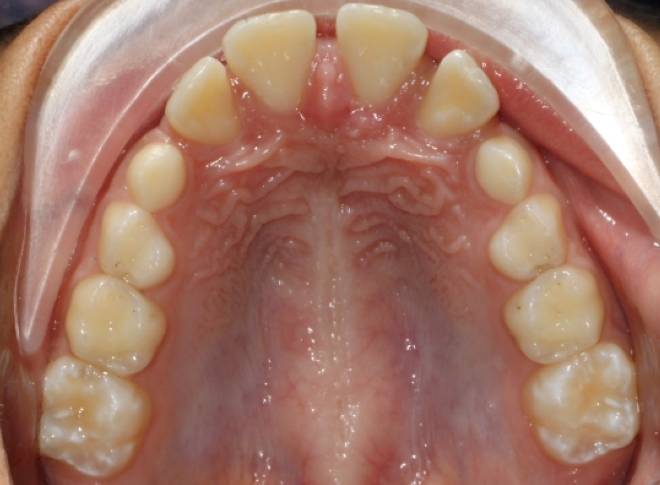
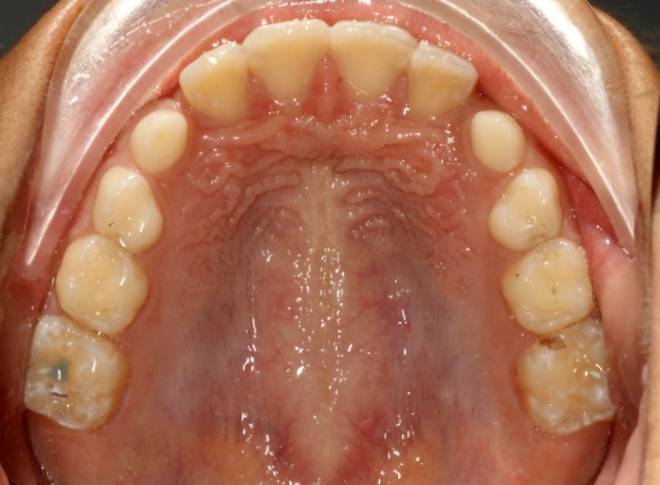
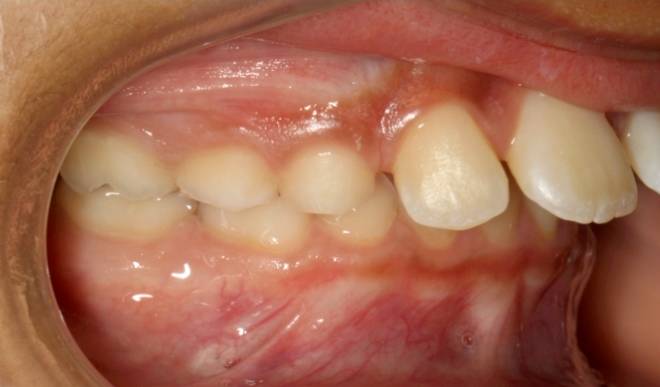

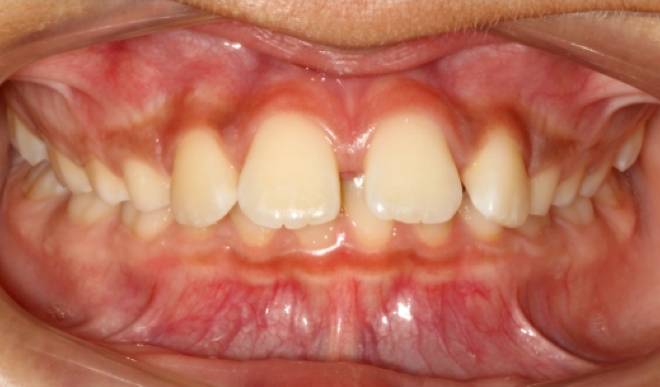
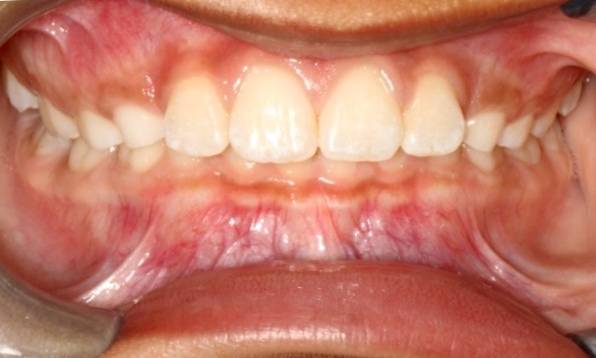
Patient D
Patient D presents with both an advanced and narrow upper arch and flared upper anterior teeth. For his Phase I treatment we used an upper expander, a cervical pull headgear and partial upper braces. This treatment not only brought the entire upper jaw back and allowed the lower jaw to grow forward, but the upper jaw was reshaped and the upper spaces were closed and teeth were aligned. This treatment was less than a 12 months and saved this patient from extraction treatment and possible jaw surgery in the future.
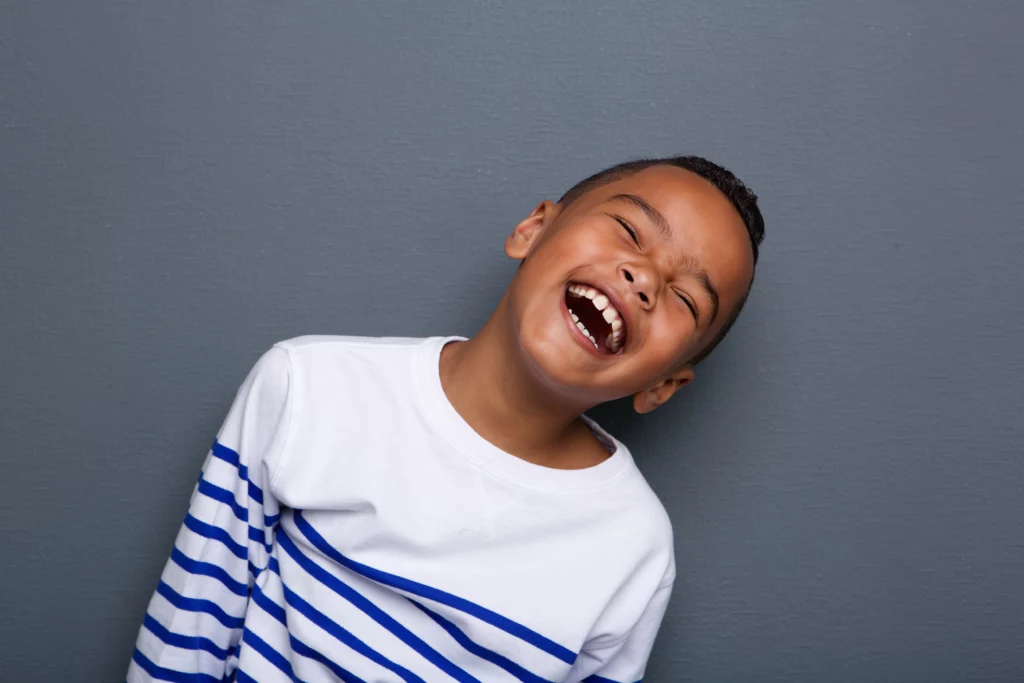
Learn more HERE
Complimentary Consultation
At B Orthodontics, we want all our patients to get the right treatment at the right time. For our youngest patients, an early examination can ensure that developing problems are averted with the minimum necessary intervention or give you peace of mind in knowing that braces can wait until they’re older. Your child will even get to join our Kids’ Club—they’ll receive a t-shirt, earn points they can redeem for cool rewards, and get to spin a prize wheel at each follow-up visit until they’re ready for treatment. Now’s the perfect time to plan your child’s journey to straight teeth. Contact us here to schedule their free initial consultation and give them the healthy bite they deserve.


